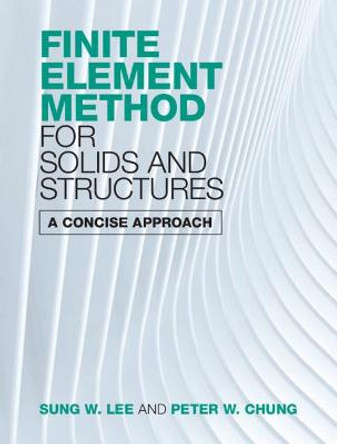Description
About the Author
Enric Canadell was educated at the Universities of Barcelona and Autonoma de Madrid, conducted research at the Universities of Barcelona, Chicago and Paris -Sud Orsay and since 1996 is Research Professor at the Institut de Ciencia de Materials de Barcelona (CSIC). He is mostly interested in the development of ideas to relate the structure and properties of solids. In 1995 was awarded the Rochat-Julliard Prize of the Academie des Sciences de Paris for work on the electronic structure of low dimensional solids. Marie-Liesse Doublet was educated at Universite de Paris-Sud Orsay and carried out research at the Vrije Universiteit Amsterdam, Institut des Materiaux de Nantes and Universite de Montpellier 2 where she is now Directeur de Recherches (CNRS). Her research work deals with the electronic structure of solids with a special interest for energy storage materials. Christophe Iung studied at Ecole Normale Superieure de St Cloud and holds a Ph. D. from Universite de Paris-Sud Orsay. He is now Full Professor and Vice-President of the Education Council of the University of Montpellier 2. His main research interest is in the field of quantum molecular dynamics.
Reviews
[T]he authors of this book have provided an accessible introduction to the electronic structure of solids that makes the link between inorganic chemistry and physics. In particular, they show how one can use molecular orbitals (more often considered in chemistry courses than in physics courses) to build up solids and how one can then predict the transport properties ... A particular strength of this book is that a chapter introducing some new bit of theory is frequently followed by a chapter in which the results are applied to a real system. Contemporary Physics The authors build understanding slowly, often dividing more complex systems into chemically meaningful molecular fragments or functional groups, and then showing you how their symmetry-adapted orbitals interact. Frequently looking at orbital loops and drawing them by hand comes with a bonus: not only does it allow you to discover insightful qualitative explanations, but also you build your intuition about what the chemical system will or wont do.The authors know well that one good figure is better than 10 written pages, so the book is rich in simple illustrations (typically two per page), and there are a number of good exercises at the end of each chapter...Overall, this is a great book. Angew. Chem. Int. Ed. This book will be most accessible and useful to chemists, but it would nevertheless be a valuable source of information for researchers from a variety of backgrounds working in this field. Chemistry World
Book Information
ISBN 9780199534937
Author Enric Canadell
Format Hardback
Page Count 364
Imprint Oxford University Press
Publisher Oxford University Press
Weight(grams) 1g
Dimensions(mm) 250mm * 196mm * 24mm





